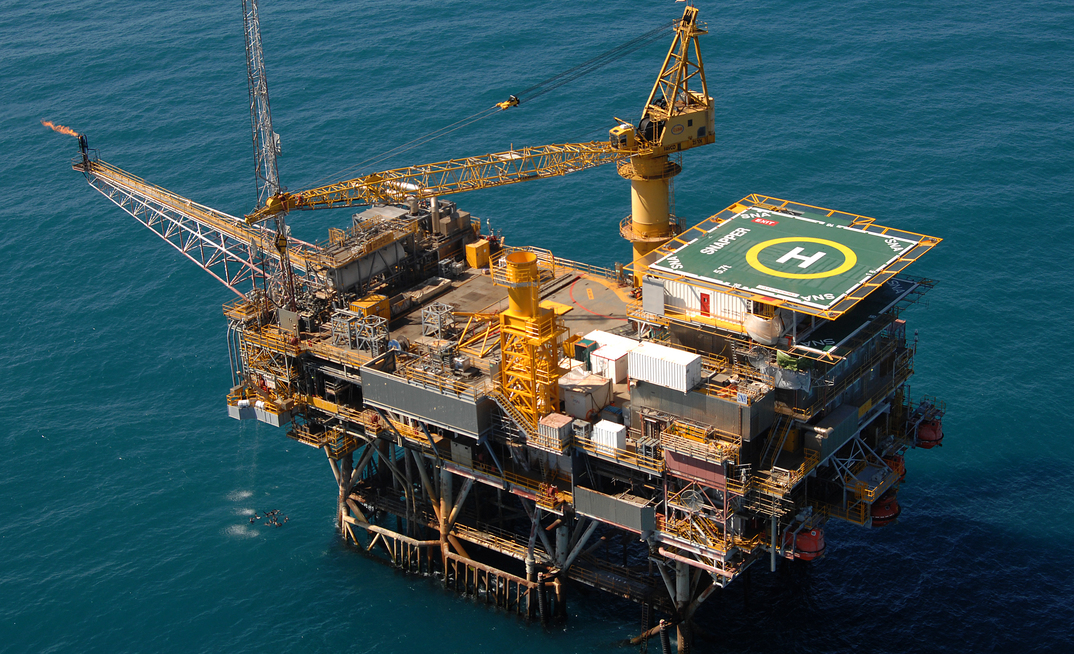The world has a viable pathway to a global energy sector with net-zero emissions by 2050 which - while "formidable" - has the potential to reap "huge benefits", the International Energy Agency said in its landmark special report Net Zero by 2050: a Roadmap for the Global Energy Sector, published today.
"Our Roadmap shows the priority actions that are needed today to ensure the opportunity of net-zero emissions by 2050 - narrow but still achievable - is not lost," IEA executive director Fatih Birol said.
In analysis that is directly at odds with Australia's plans to expand coal and gas production and exports, it envisages that, from today, there must be no investment in new fossil fuel supply projects, and no further final investment decisions for new unabated coal plants.
"There is no need for investment in new fossil fuel supply in our net zero pathway. Beyond projects already committed as of 2021, there are no new oil and gas fields approved for development in our pathway, and no new coal mines or mine extensions are required," the report said.
The upside is that government actions to rapidly boost clean energy and reduce fossil fuel use up to 2030 "can create millions of jobs, lift economic growth and keep net zero in reach," Birol said.
This debunks the theory that slashing global emissions comes at too high a price and will cost jobs and economic growth in a country such as Australia which relies heavily on LNG, coal and other energy-intensive commodity exports to fuel national wealth.
It also validates Beyond Zero Emissions' Million Jobs Plan that outlines how Australia can cut emissions while delivering 1.8 million new jobs by creating strategically-located renewable energy zones to help workers hit by the transition take up employment in clean tech industries.
However, the report also notes that "not every worker in the fossil fuel industry can ease into a clean energy job" and that "changes in energy consumption result in a significant decline in fossil fuel tax revenues…. Managing this decline will require long-term fiscal planning and budget reforms".
Commenting on the report, Dan Gocher, Director of Climate & Environment at the Australasian Centre for Corporate Responsibility (ACCR) said the report "has enormous implications for ASX-listed companies, particularly those involved in oil and gas production, including BHP, Origin Energy, Santos and Woodside".
"Those oil and gas projects that have yet to be sanctioned, including Woodside and BHP's Scarborough project, Santos' Narrabri project and Origin's Beetaloo project, are simply not consistent with a net zero by 2050 pathway," added Gocher.
Energy saving, renewables, EVs
The IEA's pathway to net zero by 2050 envisages an historic surge in clean energy investment driven by strong and credible policy actions from governments and underpinned by far greater international cooperation than that seen to date.
As well as an immediate cessation in fossil fuel projects, it assumes that by 2035 all sales of new internal combustion engine (ICE) passenger cars will have ceased and that by 2040, the global electricity sector will have reached net-zero emissions.
The IEA roadmap sets out 400 milestones to guide the global journey to net zero by 2050 while ensuring stable and affordable energy supplies, universal energy access, and robust economic growth.
It articulates a cost-effective and economically productive pathway dominated by renewables such as solar and wind instead of fossil fuels. It also examines critical uncertainties, such as the roles of bioenergy, carbon capture and behavioural changes in reaching net zero.
On carbon capture, use and storage (CCUS), it notes that "a failure to develop CCUS for fossil fuels could delay or prevent the development of CCUS for process emissions from cement production and carbon removal technologies, making it much harder to achieve net‐zero emissions by 2050".
The roadmap also requires a worldwide push to increase energy efficiency and the "immediate and massive deployment" of all available clean and efficient energy technologies, combined with a major global push to accelerate innovation.
To meet the target, annual additions of solar PV and wind power would have to reach 630 GW and 390 GW by 2030 respectively. This is four times the record level of installations seen globally in 2020 and for solar PV, equivalent to installing the world's current largest solar park roughly every day.
"The scale and speed of the efforts demanded by this critical and formidable goal - our best chance of tackling climate change and limiting global warming to 1.5C - make this perhaps the greatest challenge humankind has ever faced," Birol said.
Current climate pledges taken by global governments to date - even if fully achieved - would fall well short of what is required to bring global energy-related CO2 emissions to net zero by 2050 and give the world an even chance of limiting the global temperature rise to 1.5 C, according to the report.
Historically an organisation that has heavily backed fossil fuel technologies, the IEA has been undergoing a transition of its own in recent years as it shifts its focus to clean techs in recognition of the crucial role that energy must play in cutting emissions.
As the IEA's largest member country funders, the US and Japan have had a significant say in advancing the Agency's rhetoric in recent months as the Biden and Suga administrations take the lead on net zero transitioning ahead of COP26 in Glasgow in November.
























